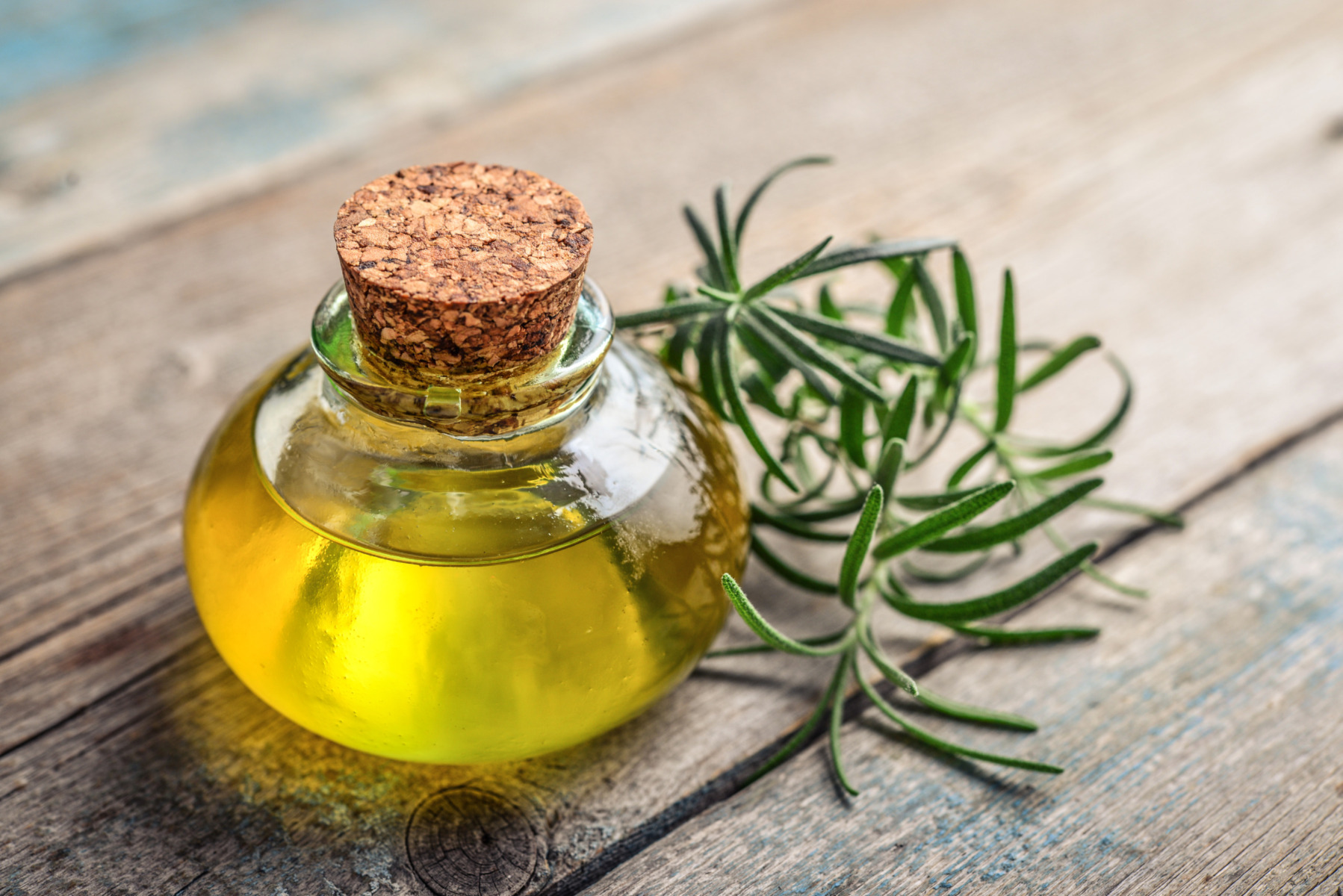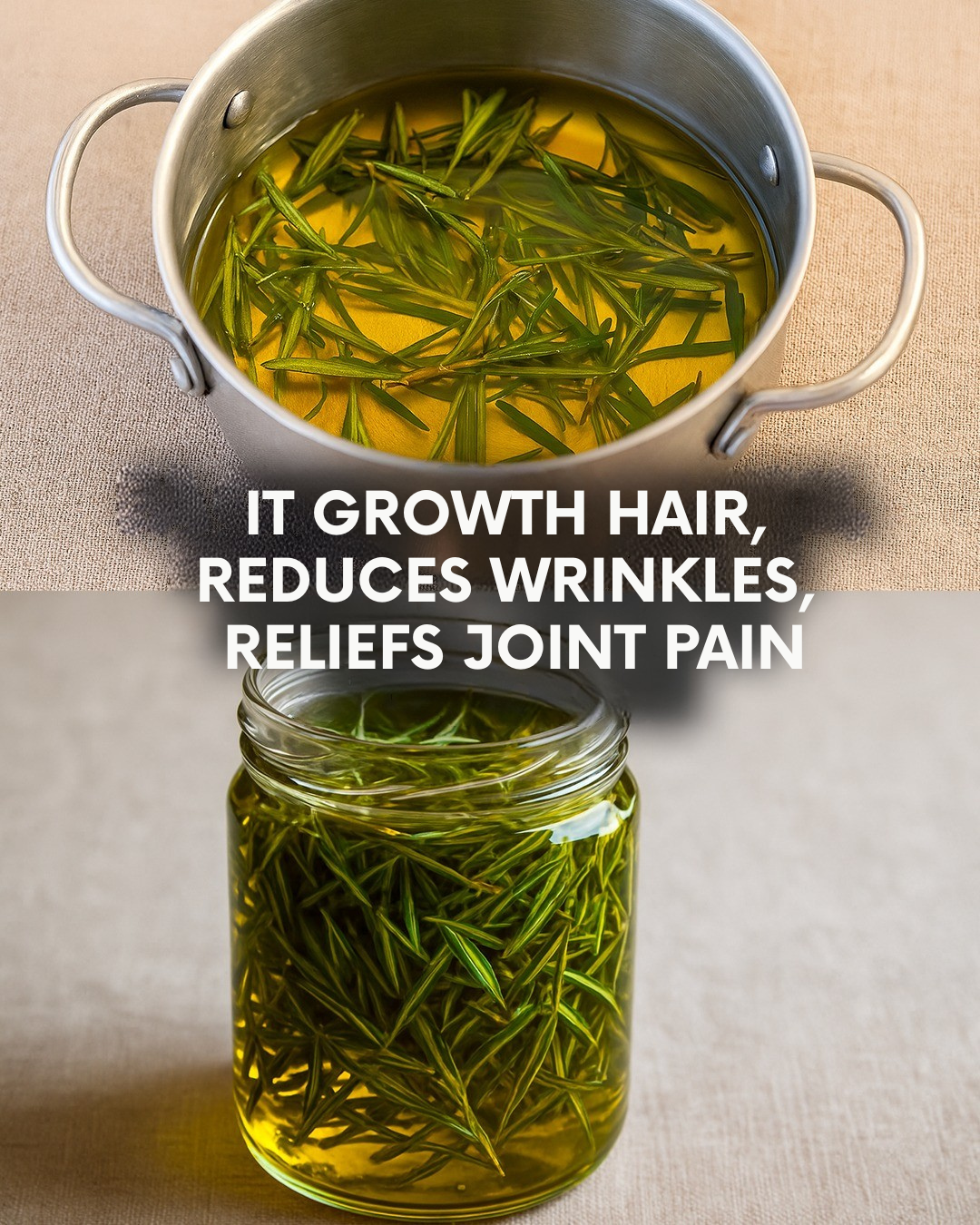Rosemary oil is an ancient natural remedy cherished for its anti-inflammatory, circulation-boosting, and relaxing properties. Used for centuries in Mediterranean herbal medicine, this therapeutic oil is ideal for relieving sore muscles, joint stiffness, cramps, and tension.
The best part? It’s easy to make at home with just two simple ingredients — giving you a 100% natural, chemical-free alternative to store-bought pain relief products.
Why Use Rosemary Oil?
Rosemary (Rosmarinus officinalis) is a fragrant herb with remarkable healing potential. Its active compounds — including cineole, camphene, and rosmarinic acid — are known for:
- Reducing inflammation
- Easing muscle and joint pain
- Improving blood circulation
- Soothing muscle cramps and fatigue
- Helping with conditions like sciatica, arthritis, and lumbago
- Promoting skin regeneration thanks to its antiseptic properties
By infusing rosemary into oil, these fat-soluble compounds can be easily absorbed through the skin during massage or topical application.
Ingredients for Homemade Rosemary Oil (Oleolite)

You’ll need:
- Fresh or dried rosemary (preferably organic)
- Cold-pressed carrier oil (olive, sweet almond, or sunflower oil)
Suggested quantities:
- 1 sterilized glass jar (250–500 ml)
- Enough rosemary to fill the jar
- Enough oil to completely submerge the plant material
Two Ways to Make Rosemary Oil at Home

Rosemary oil is an ancient natural remedy cherished for its anti-inflammatory, circulation-boosting, and relaxing properties. Used for centuries in Mediterranean herbal medicine, this therapeutic oil is ideal for relieving sore muscles, joint stiffness, cramps, and tension.
The best part? It’s easy to make at home with just two simple ingredients — giving you a 100% natural, chemical-free alternative to store-bought pain relief products.
Why Use Rosemary Oil?
Rosemary (Rosmarinus officinalis) is a fragrant herb with remarkable healing potential. Its active compounds — including cineole, camphene, and rosmarinic acid — are known for:
- Reducing inflammation
- Easing muscle and joint pain
- Improving blood circulation
- Soothing muscle cramps and fatigue
- Helping with conditions like sciatica, arthritis, and lumbago
- Promoting skin regeneration thanks to its antiseptic properties
By infusing rosemary into oil, these fat-soluble compounds can be easily absorbed through the skin during massage or topical application.
Ingredients for Homemade Rosemary Oil (Oleolite)

You’ll need:
- Fresh or dried rosemary (preferably organic)
- Cold-pressed carrier oil (olive, sweet almond, or sunflower oil)
Suggested quantities:
- 1 sterilized glass jar (250–500 ml)
- Enough rosemary to fill the jar
- Enough oil to completely submerge the plant material
Two Ways to Make Rosemary Oil at Home


